DOG TRAINING OFFERED IN-PERSON AND ONLINEOur dog training services are delivered in almost any format that meets your needs. We have GROUP CLASSES at our indoor and outdoor facilities on our farm, ONLINE LIVE STREAMING classes, and SELF-PACED VIDEO-BASED training through our Online Dog Training Course. Our PRIVATE TRAININGS can be done in-home, outside, in public dog-friendly locations, at our facility on our farm, online via phone or video conferencing and through email. |
I recently received an email from a client who had completed our Basic Training Online Course. Training was going well except for one specific distraction: this dog loves to chase cars. When this dog accidentally got out, he chased a car and was injured. That didn’t stop him from wanting to chase cars – even with casts still on! Chasing is one of the problem behaviors discussed in my book: Juvenile Delinquent Dogs: The Complete Guide to Saving Your Sanity and Successfully Living With Your Adolescent Dog.
Here is the condensed version of my advice for this eight-month-old dog, which applies to dogs who want to chase cars, rabbits, people, bikers, other dogs, or anything else.
- If you’re considering an electric fence and thinking it will prevent the dog from chasing, think again. If a dog has an extremely high drive to go after something (in this case, cars) these dogs will go right through the fence because the momentary shock they receive is worth the price to go after what they want.
- Prevent the unwanted behavior from happening so it does not become an established habit.
- Build solid behaviors that you can ask for in any circumstances, such as come, wait and leave it. While your dog will not perform these behaviors YET in the presence of a car, work toward getting these behaviors with greater and greater distractions until you work up to the ultimate distraction – cars.
- Teach an alternative and incompatible behavior when in the presence of the distraction (cars). Focus on what you DO want your dog to do. Think of some possible alternative behaviors to car chasing that would make sense for your situation such as a down/stay while focused on you or something more active like running AWAY from the car instead of toward it. You can teach more than one alternative.
- Break things down into baby steps! Usually, when we are unsuccessful in getting rid of a behavior, it’s because we’re focused on stopping something without replacing it with a new behavior; and when we do, we are trying to do too much too soon. Think about the alternative behavior you want. But break it down into small, manageable steps for your dog. For example, start with no distractions and make sure the behavior you want is very reliable. Then add smaller distractions. Then increase those distractions. If your dog is not responding at the new step/new distraction, back up and think about how you can break it down into a smaller step so your dog can be successful. Let’s say you are ready to start working around moving vehicles. Is a bike less distracting than a car? Is a car moving at 5 miles per hour less distracting than a car moving at 25 miles per hour? Is a car driving from a block away less distracting than a car 20 feet away? Find your starting point where your dog can be SUCCESSFUL and build from there. Don’t start when the dog is already over threshold and unable to respond.
- This step is also one that most people miss. Find an ALTERNATIVE outlet for this behavior. Don’t focus on stopping your dog from chasing entirely, but rather focus on redirecting that chasing behavior to something more appropriate.
It can be frustrating and slow-going at first, but the key is to work in manageable steps so that your dog can be successful!
Our goal is to positively impact the lives of as many dogs and their families as we can, in part through our extensive library of video, infographics and text articles. |

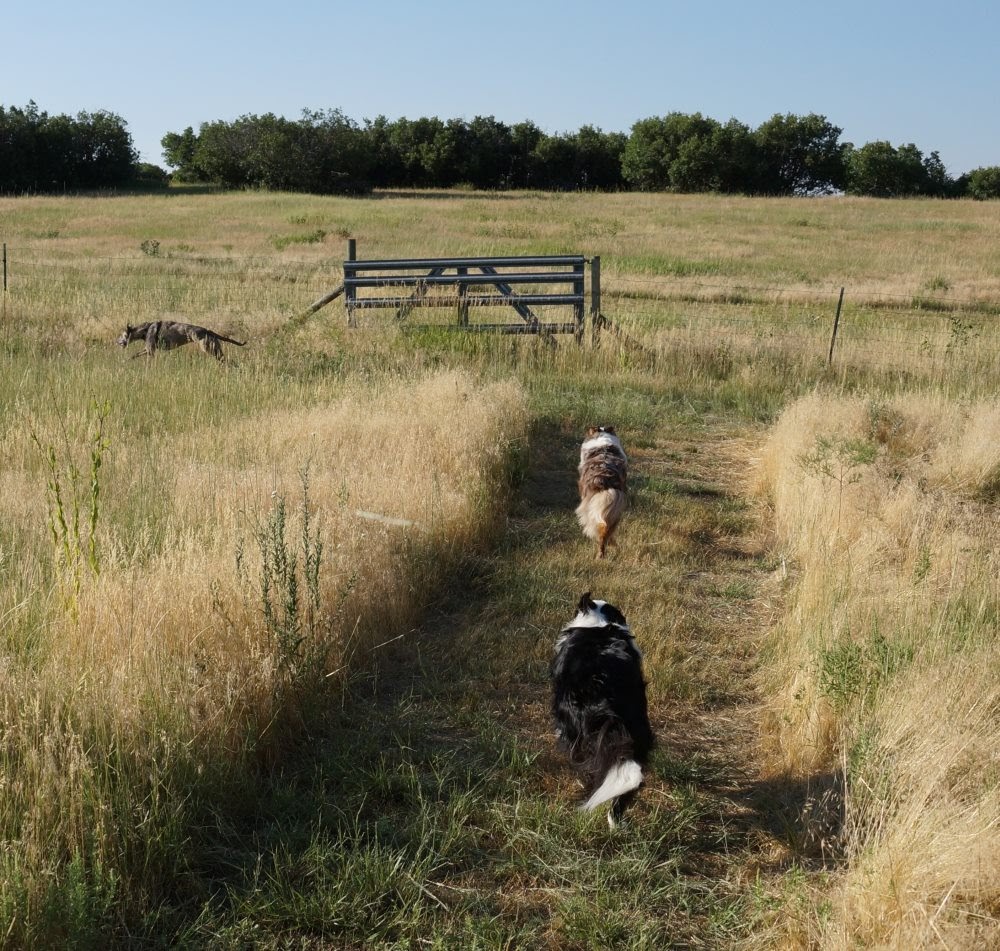
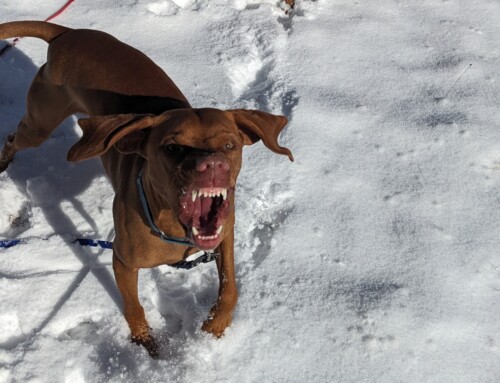


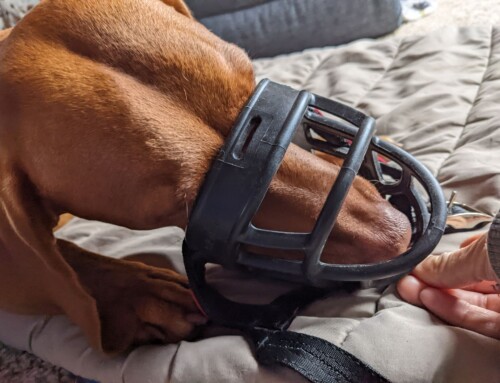

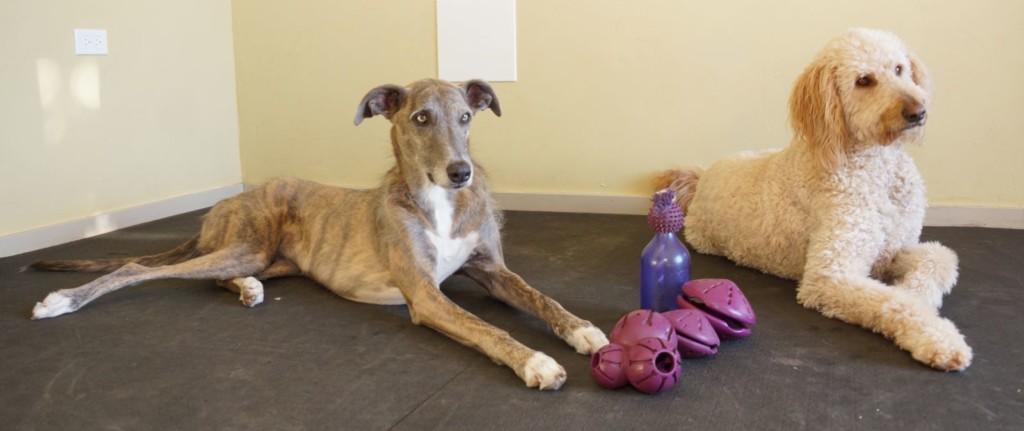
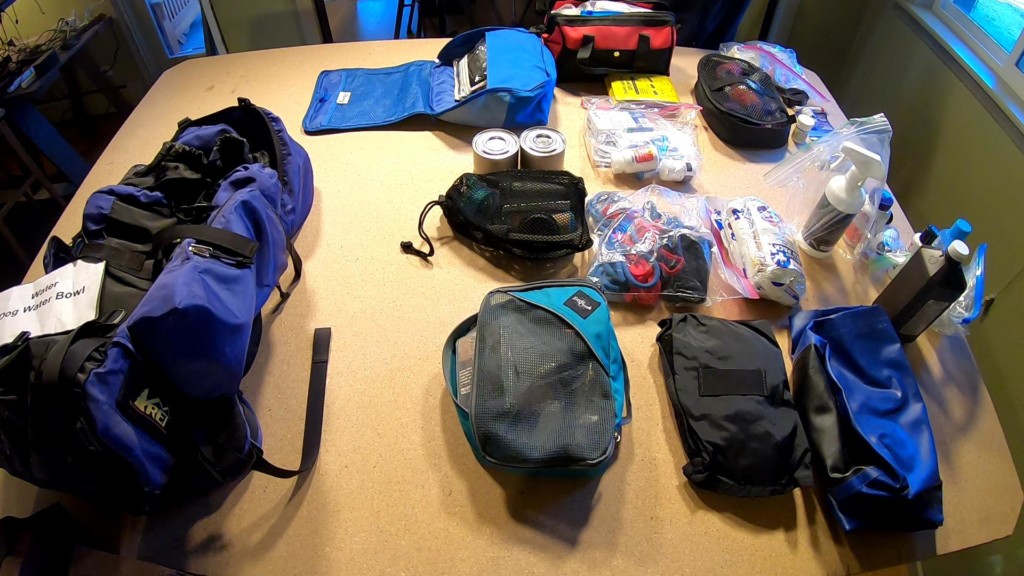
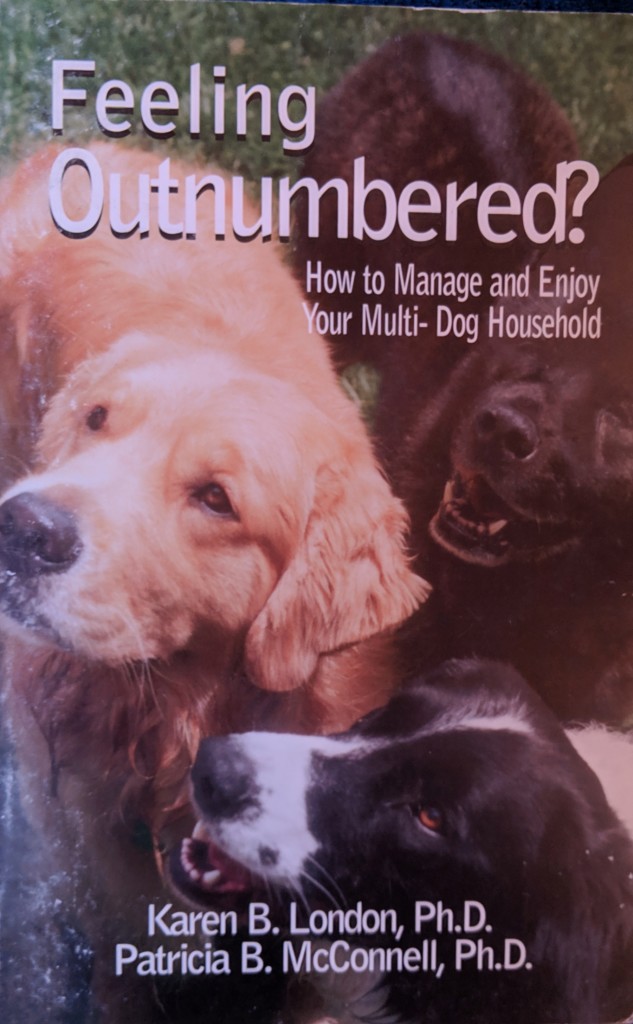
Leave A Comment